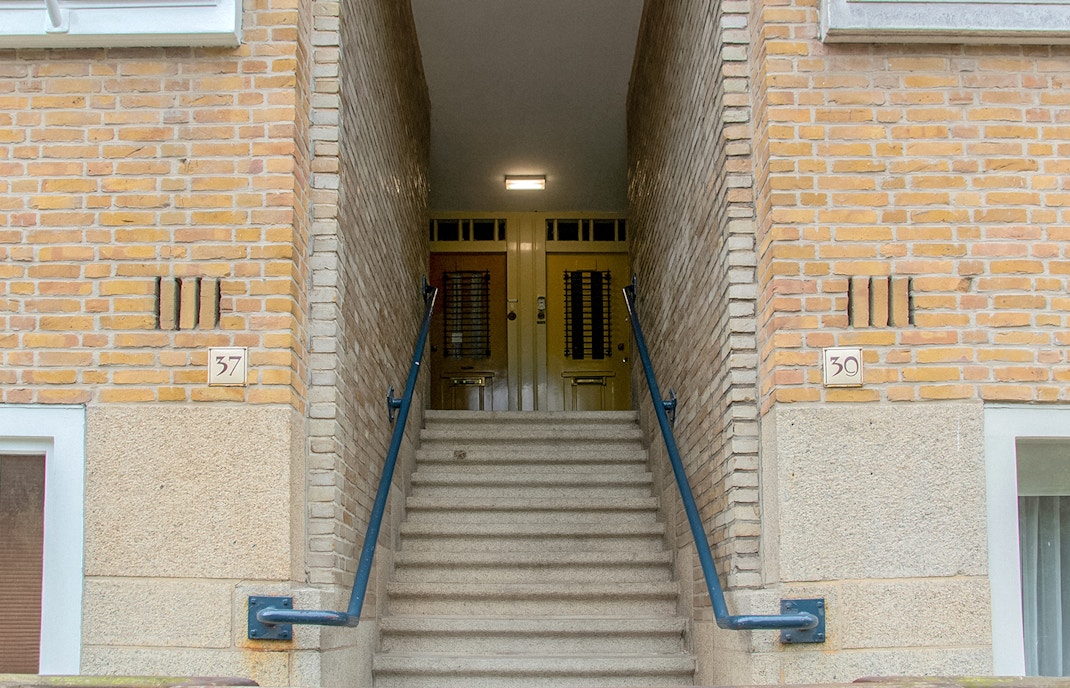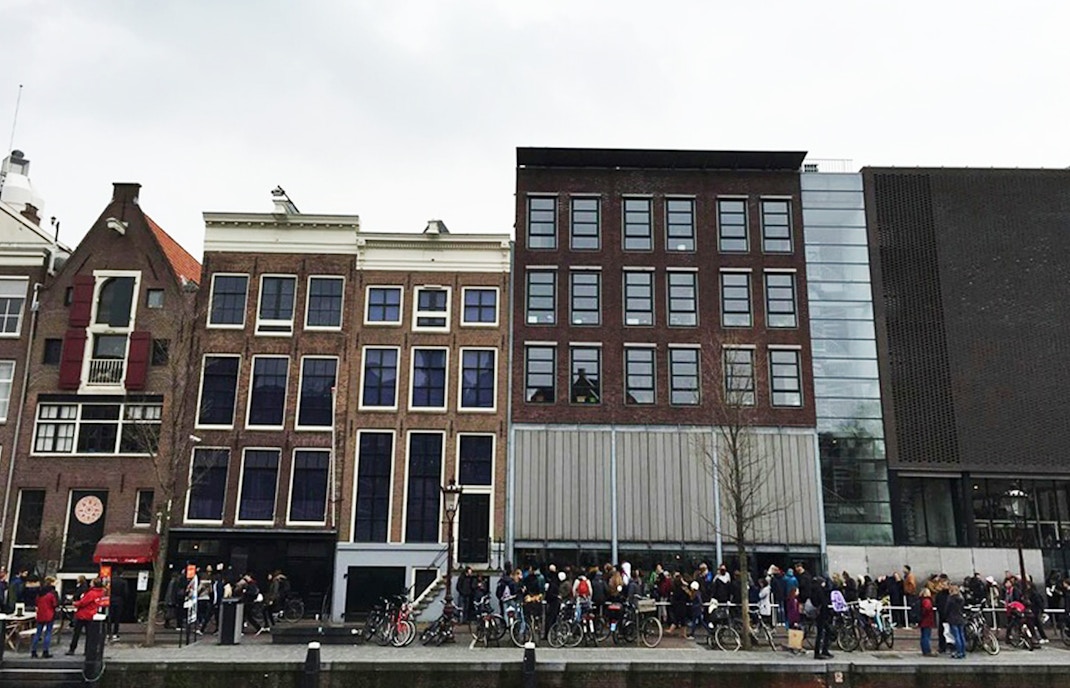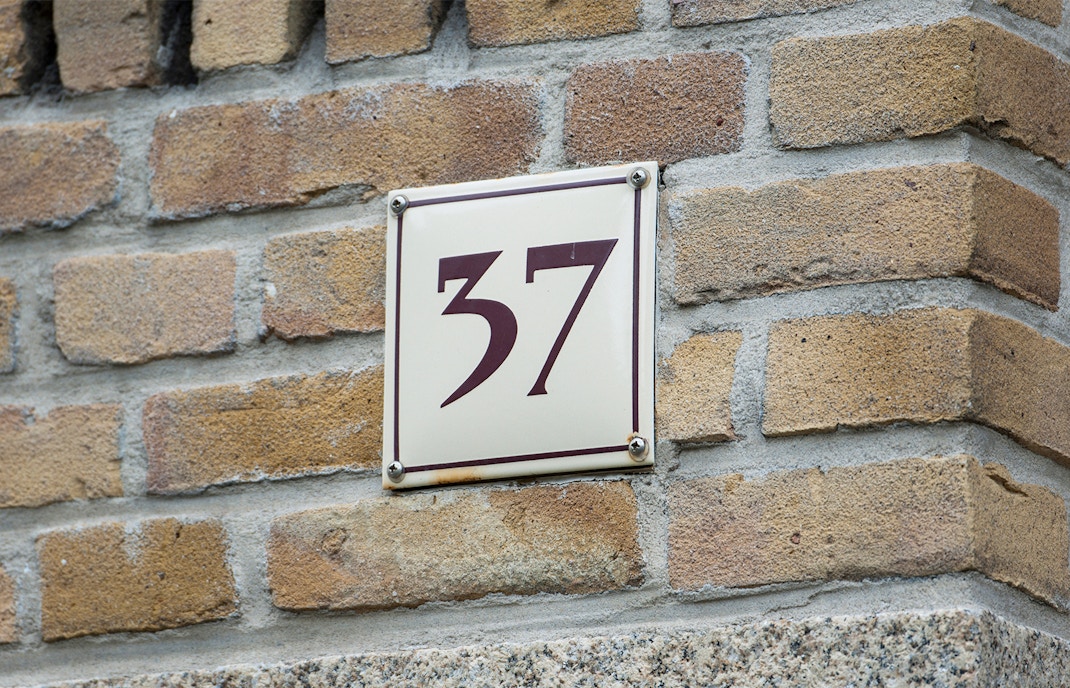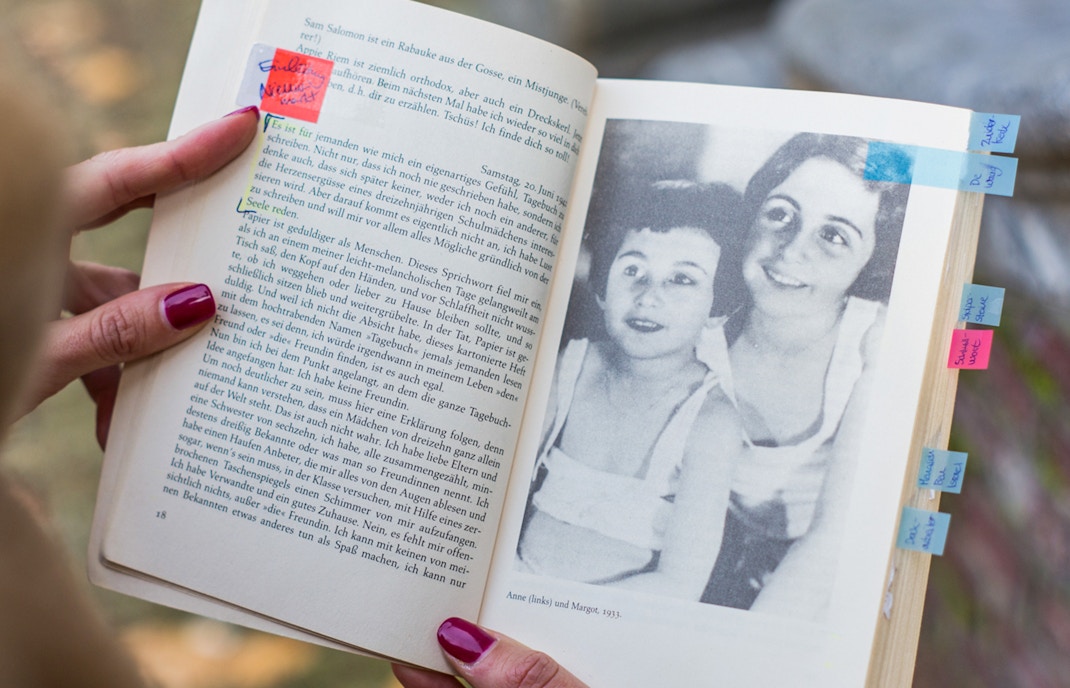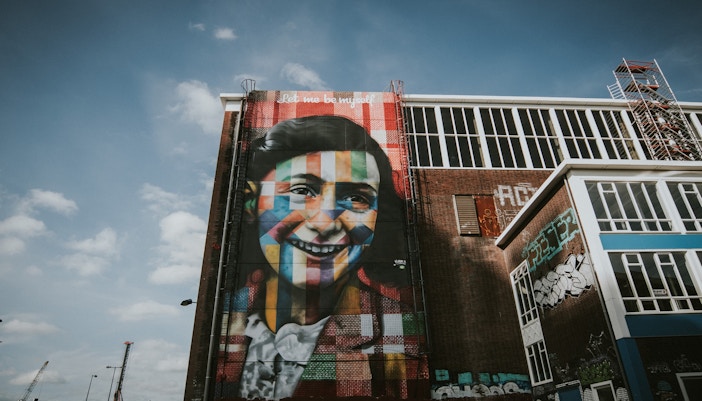Since the land along the Amsterdam canals was in high demand, houses were narrow and long. 'Annexes' were built in the backyards of existing houses to create more living or working space. Both the main house and the annexes were connected by a corridor and separated by a courtyard to allow daylight into both.

